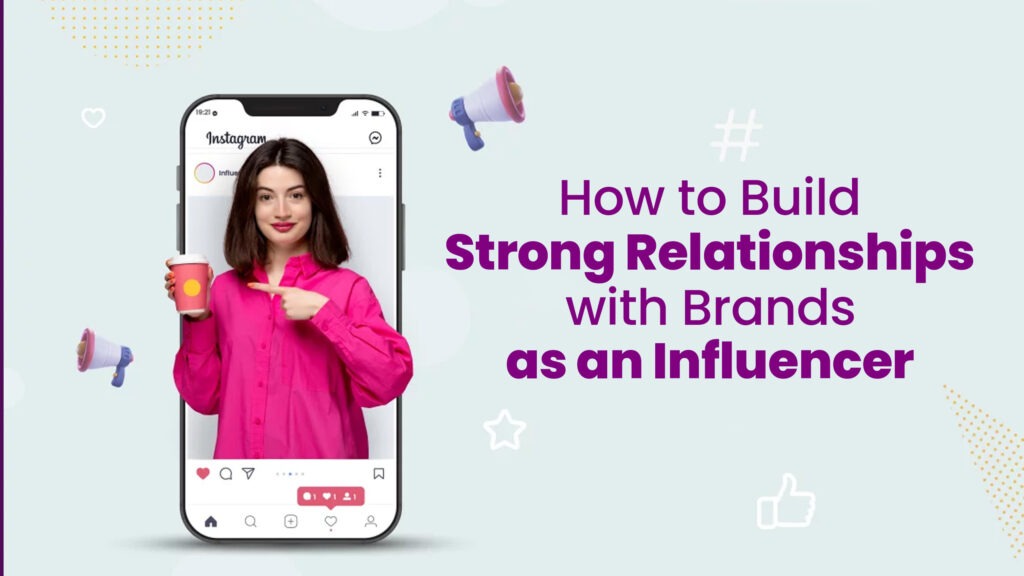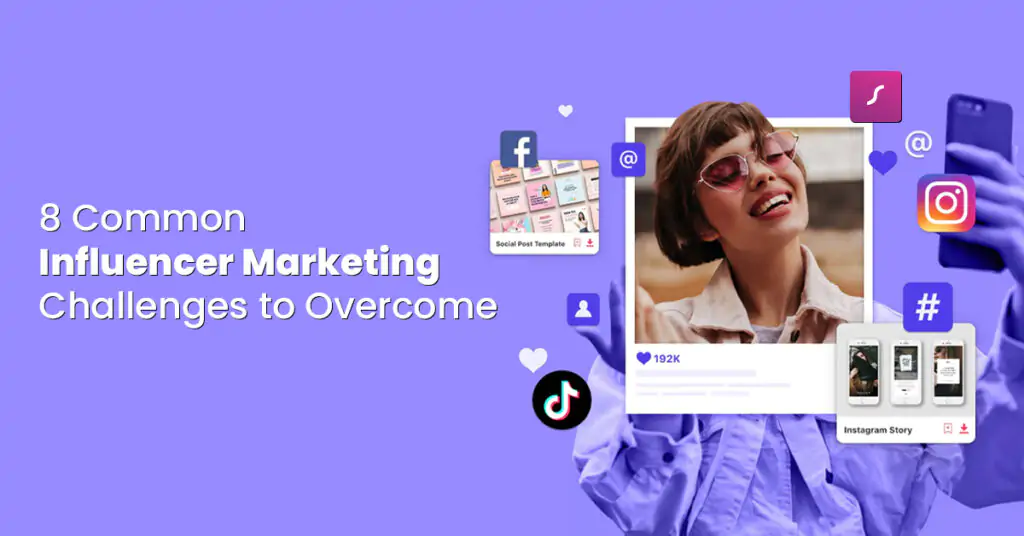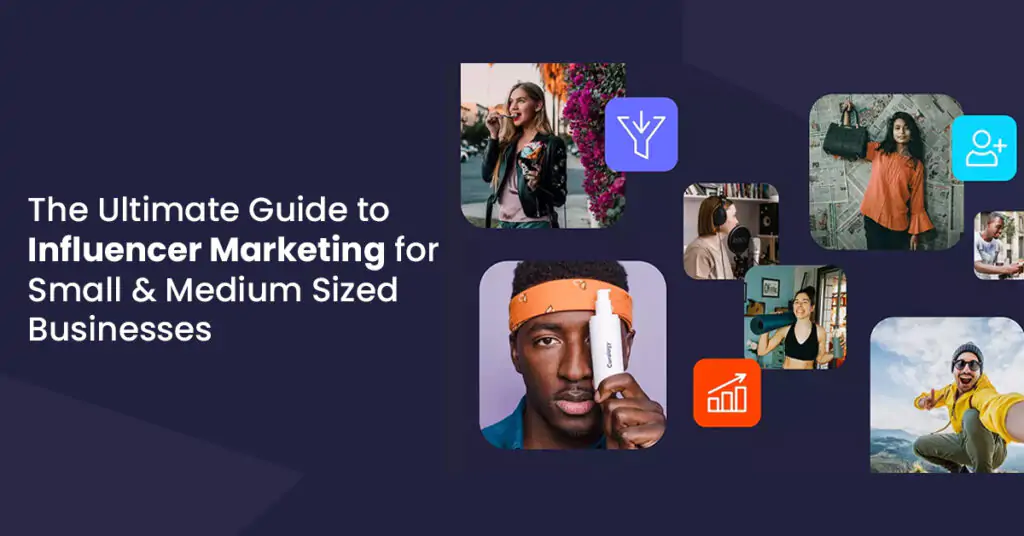Influencer marketing in 2025 is no longer about short-lived product shoutouts or one-off collabs. It’s all about long-term, value-driven partnerships that benefit both brands and influencers. With social media shaping consumer choices more than ever, brands need to move past quick campaigns and start building sustainable relationships. Let’s dive into why these long-term partnerships are crucial and how brands can make them work.
Why Influencers Are Becoming Strategic Partners 💼
In the past, influencers simply promoted products—but now, they’re deeply embedded in brand strategies. Take Molly-Mae Hague as an example. She’s not only an influencer for PrettyLittleThing, but she’s also their Creative Director. Her role goes beyond Instagram posts; she’s part of the brand’s creative vision. This level of involvement brings authenticity, and that’s pure gold for building trust with her followers.
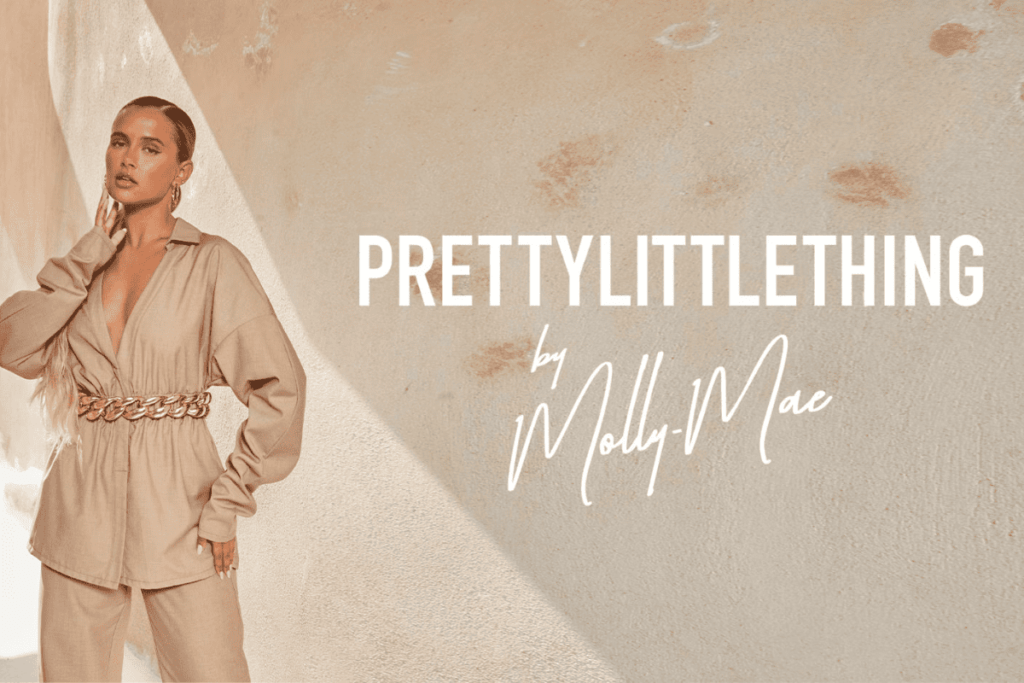
Brands like Gymshark have hit it big by forming long-term partnerships with influencers who represent their values. These influencers aren’t just doing one-time promotions; they’re part of the brand story, creating meaningful connections that stick with consumers.
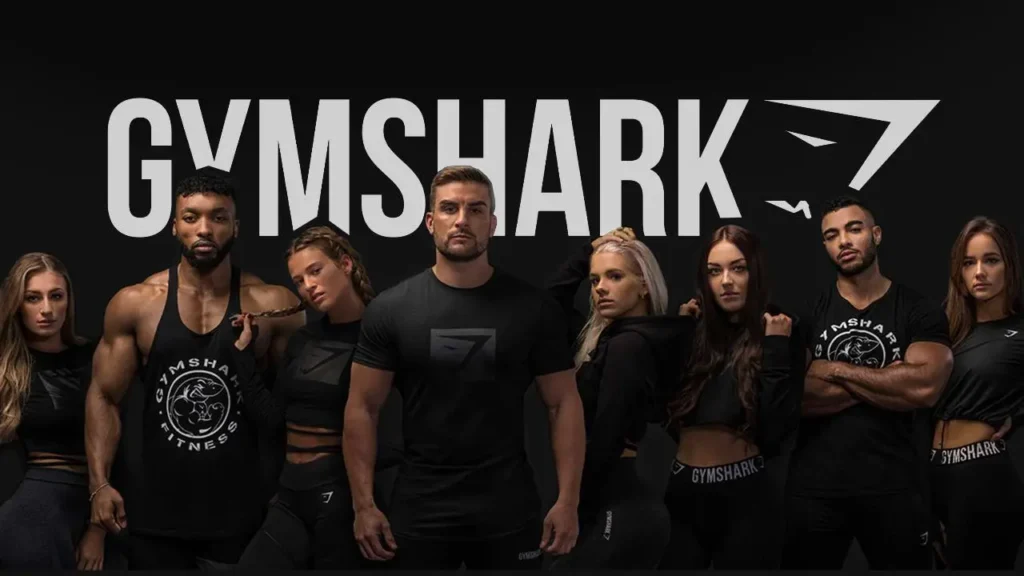
Why Long-Term Partnerships Are Game-Changers ⚡
Quick influencer campaigns might bring a short-term buzz, but long-term partnerships build trust, loyalty, and serious engagement. Here’s why going long-term beats short-term every time:
- Authenticity is Everything: When influencers post about your brand regularly, it feels more genuine and less like a “paid ad.” Their followers are more likely to see it as a real recommendation.
- Brand Consistency: Long-term influencers know your brand inside and out. Their content aligns better with your message, creating a seamless brand experience for their audience.
- Better ROI: Constantly chasing new influencers is time-consuming and expensive. Locking in long-term partnerships means better deals and fewer headaches for your marketing budget.
- Deeper Engagement: The more an influencer’s followers see your brand, the more familiar (and trusted) it becomes. Consistency builds connection—and connection drives conversions.
- Loyalty Over Competition: In a short-term collab, an influencer might be repping your competitor next week. Long-term partnerships secure their loyalty, making sure you’re the brand they champion.
How to Build Long-Term Influencer Relationships 💡
Now that you know why long-term partnerships rock, here’s how to make them work:
1. Find Influencers Who Share Your Values
It’s not all about follower count anymore—it’s about values alignment. The best partnerships happen when an influencer’s personal brand reflects your mission. For example, if you’re all about sustainability, work with influencers who are passionate about eco-friendly living.
Pro Tip: Dive into their content. Make sure their posts consistently reflect values that vibe with your brand.
2. Keep It Real with Communication
Influencers are creative powerhouses, not just ad space. Keep communication open, honest, and regular. Involve them in your brand’s journey—share your goals and get their insights. Treat them like real partners, not just promotional tools.
3. Co-Create with Influencers
Handing over creative control can be scary, but trust us—it pays off. Influencers know their audience better than anyone. Let them take the lead on content creation so it feels authentic to their followers.
Example: Look at Nike’s campaigns with fitness influencers. Instead of just posting sneaker pics, they tell personal fitness stories. It feels real and relatable, which is what audiences connect with.
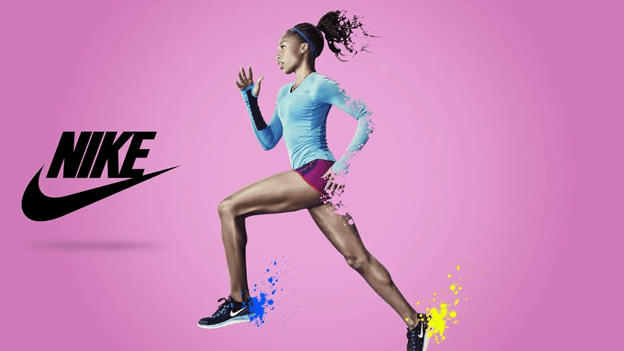
4. Set Clear Goals and Metrics
Like any relationship, expectations matter. Make sure you and your influencer partner are clear on what success looks like. Set KPIs (key performance indicators) like engagement rates, reach, and conversion metrics—and track them. This keeps everyone accountable.
5. Stay Flexible
The digital world moves fast. What worked last month might not work next month, so stay adaptable. Be ready to switch up your approach if the platform’s algorithms change or new trends emerge. Brands that evolve with their influencers will see the best results.
How Technology Is Making Long-Term Partnerships Easier 🔧
Thanks to platforms like Showshul, managing influencer relationships is easier than ever. These platforms help brands and influencers track campaign performance, streamline communication, and create collaborative content. Showshul, for example, lets brands find influencers who are a perfect match and track ongoing partnerships. It’s like Tinder for influencers—but way more productive.
Influencer marketing is heading in a new direction, and it’s all about long-term, authentic partnerships. Brands that focus on building these deeper relationships will come out on top. It’s no longer about quick fixes or one-time posts—it’s about investing in real partnerships that drive lasting impact.
Whether it’s involving influencers in your creative process, aligning on values, or keeping communication open, building these connections will help your brand thrive in 2025 and beyond. And with platforms like Showshul to help manage it all, there’s no better time to start locking down those long-term collaborations.
So, ready to build partnerships that last? Start thinking long-term—your brand’s future depends on it! 🌟
